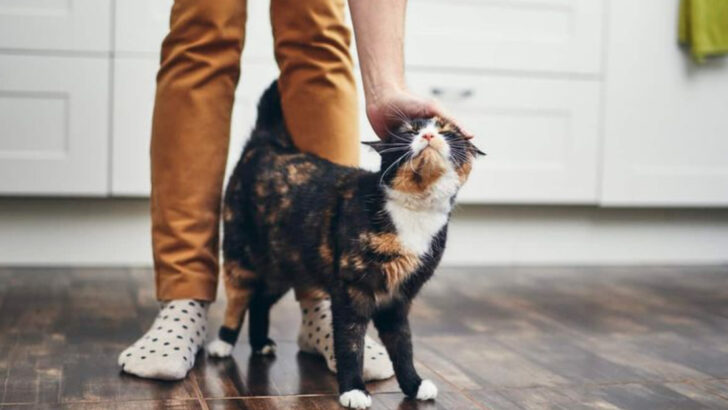Bringing a feral cat indoors is like inviting a wild spirit into your home—one that’s full of mystery, independence, and a touch of untamed beauty. But turning your house into their safe haven? That takes more than just a few treats and a cozy bed.
Feral cats are not your average lap cats, and that’s what makes them so fascinating. They have their own rhythms, their own rules, and their own way of navigating the world. Gaining their trust and making them feel comfortable indoors can be a journey—but oh, it’s worth it.
With a little patience and some thoughtful strategies, you can help your new feline friend adjust and thrive. Here are 16 simple yet powerful ways to create a welcoming environment that honors their wild nature while making them feel right at home. Ready to win over that mysterious little creature?
Create a Safe Space
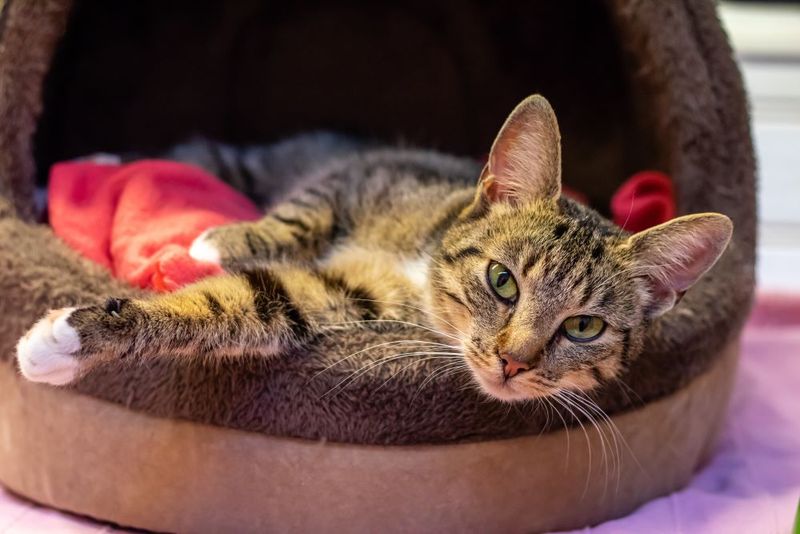
Start by designating a quiet room where your feral cat can retreat. This space acts as their sanctuary, away from the hustle and bustle of the household. Set up a comfy bed, soft blankets, and a few toys to encourage exploration.
Cats love to perch, so consider adding a window seat or shelf. Natural light and outdoor views can be soothing. Allow your cat to adjust at their own pace. Remember, patience is key in building trust.
By offering a dedicated space, you show your cat that their comfort and safety are paramount. This sets the stage for a successful indoor transition.
Provide Fresh Food and Water
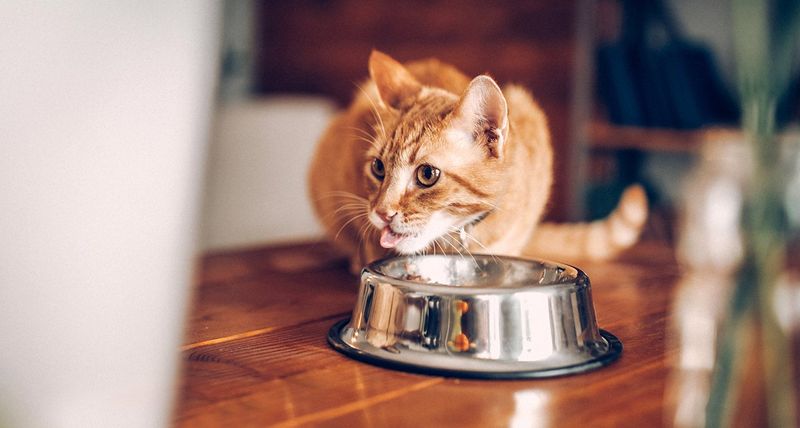
Feeding time is a great way to build trust with your feral cat. Offer fresh food and water daily, and try to keep the feeding area consistent.
Cats appreciate routine, so feed them at the same times each day. It’s important to respect their space during meals, allowing them to eat without interruption.
Start with wet food, as the aroma can be particularly enticing. Gradually introduce dry food if desired. Over time, this consistent act of care will help your cat associate you with positive experiences.
Introduce Litter Training
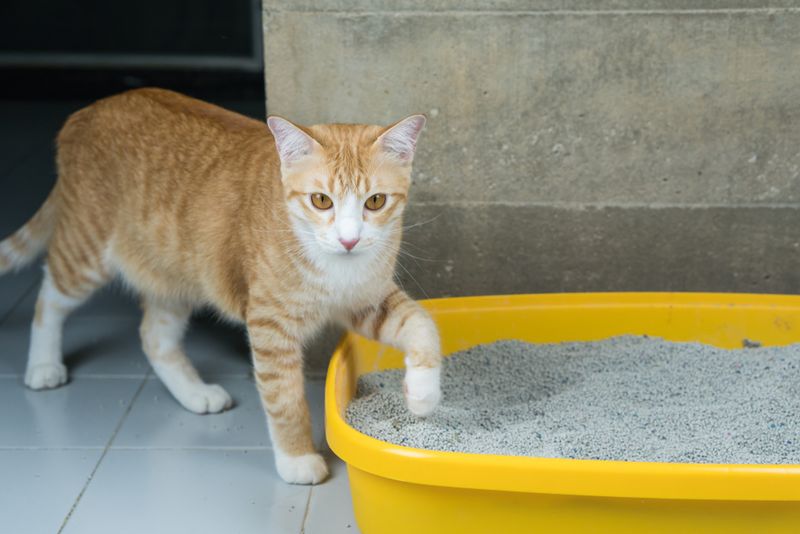
Introducing a litter box is crucial for indoor life. Choose a quiet location and use unscented litter to start. Feral cats may not be familiar with litter boxes, so patience is essential.
Start by placing the box in their safe space and gently guide them to it. Reward them with treats when they use it correctly.
Regularly clean the box to maintain hygiene and prevent odors. With persistence and encouragement, your cat will soon understand the purpose of this new addition.
Use Calming Diffusers
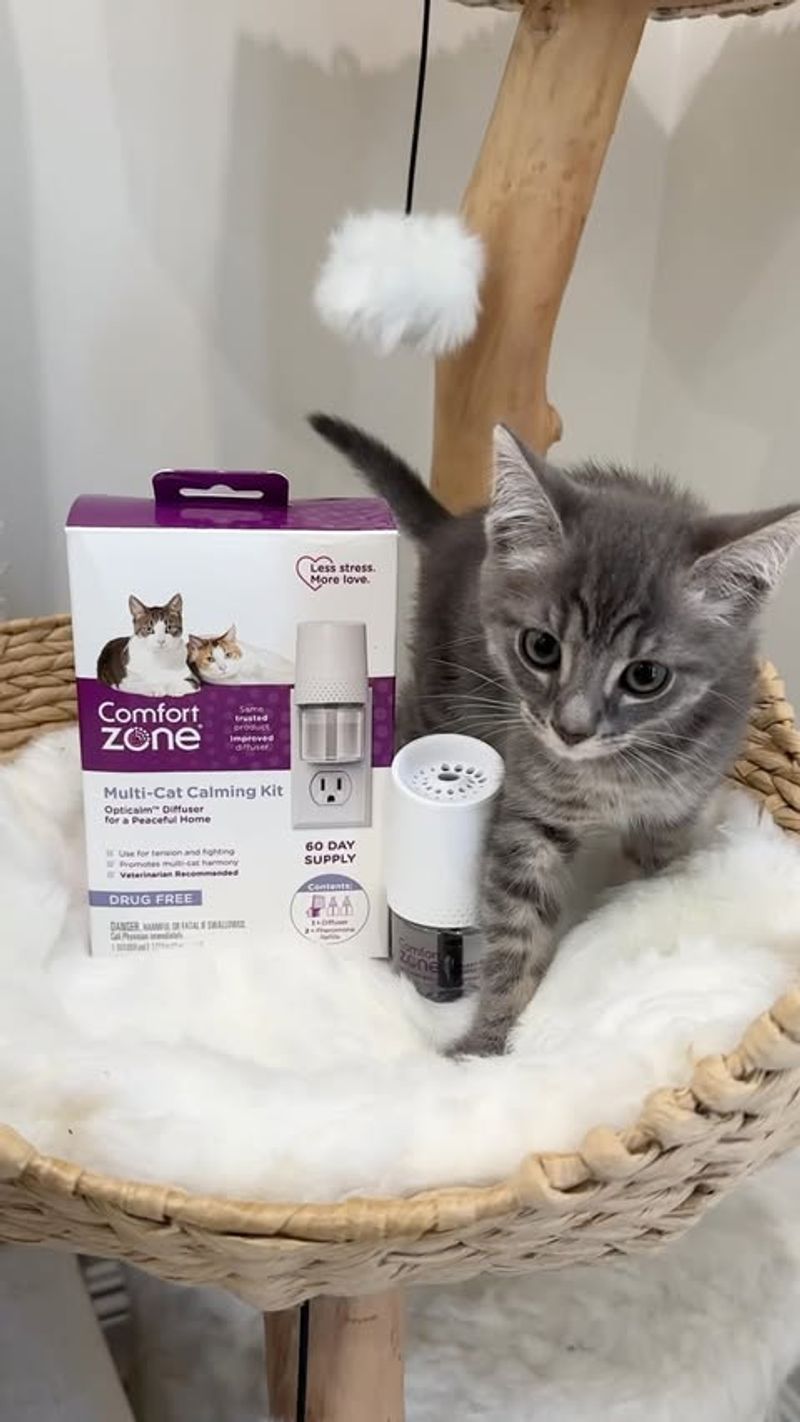
Help ease your feral cat’s anxiety by using calming diffusers. These devices release pheromones that mimic those of a mother cat, promoting a sense of security.
Place diffusers in key areas around your home, especially in their safe space. The gentle mist can significantly reduce stress and aid in their adjustment process.
These diffusers are a non-invasive way to communicate safety and comfort, helping your cat feel more at ease in their new environment.
Engage with Interactive Toys
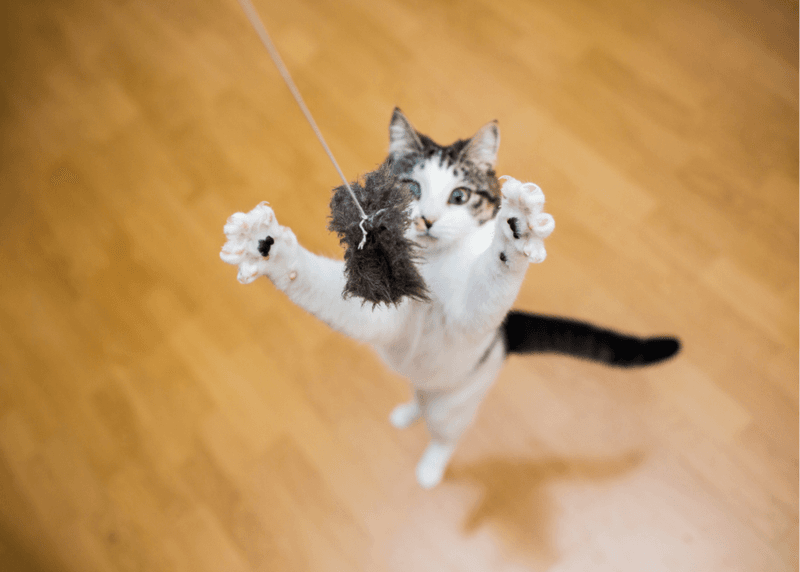
Interactive toys can be a delightful way to engage your feral cat. These toys stimulate natural hunting instincts and provide mental and physical exercise.
Feather wands, laser pointers, and motorized toys are excellent choices. Spend time each day playing with your cat, allowing them to chase and pounce.
This activity not only strengthens your bond but also helps expend pent-up energy, making them more comfortable indoors. Playtime should be enjoyable, not overwhelming, so pay attention to their cues.
Offer Scratching Posts
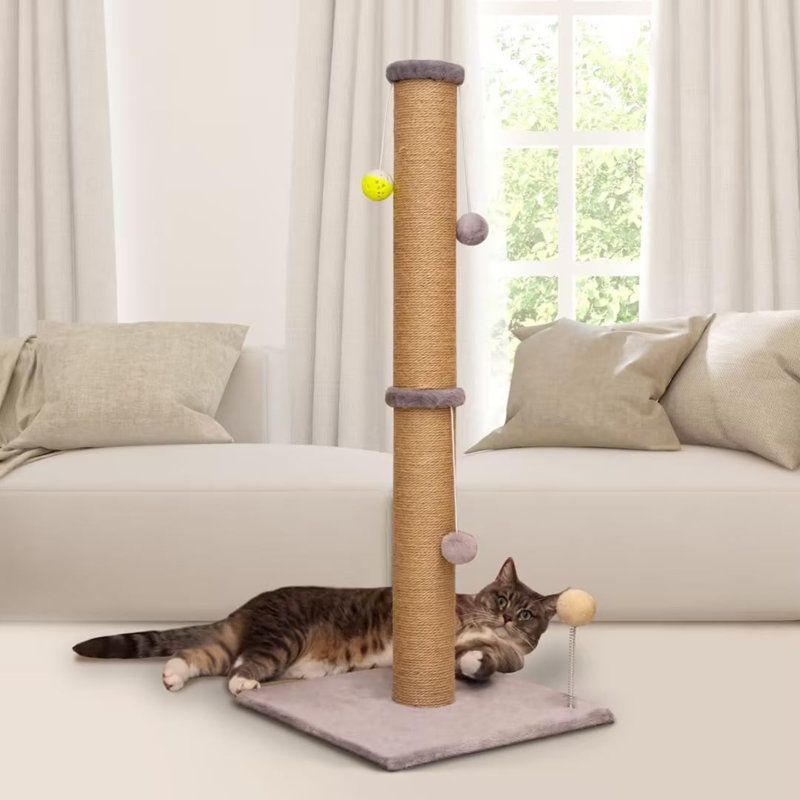
Scratching is a natural behavior for cats, and providing scratching posts can prevent damage to your furniture. Choose sturdy posts covered in sisal or carpet.
Place them in accessible areas, encouraging your cat to use them by sprinkling catnip or hanging toys.
Scratching posts offer an outlet for stress relief and satisfy their need to stretch and mark territory. With these in place, your cat can express natural behaviors while feeling more at home.
Create Hiding Spots
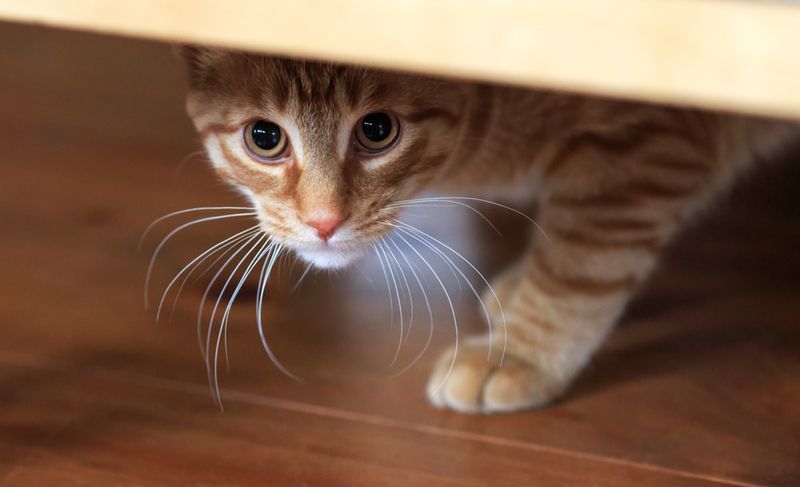
Hiding spots are essential for a feral cat acclimating to indoor life. They provide a sense of security and control over their environment.
Provide various options, like under beds, within closets, or behind sofas. Cover these areas with soft blankets or old clothes.
Respect their need for privacy and resist the urge to coax them out prematurely. Hiding spaces allow your cat to observe their new surroundings at their own pace, fostering confidence and comfort.
Maintain a Routine
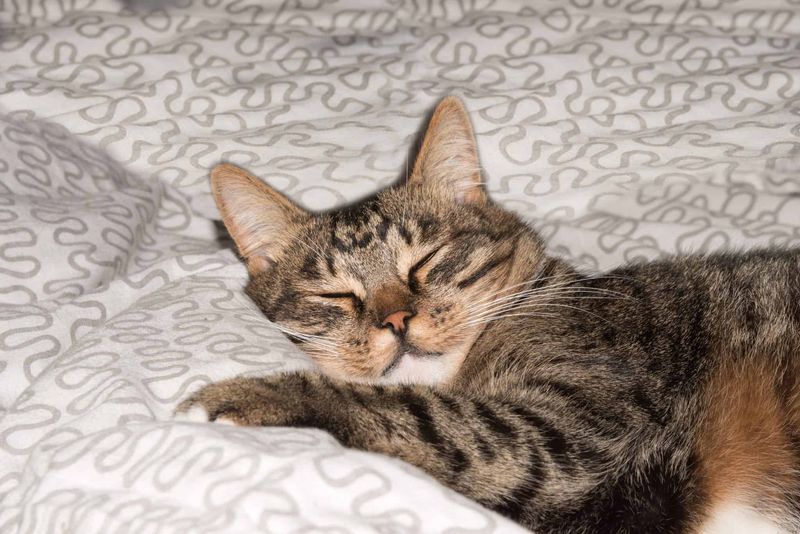
Cats thrive on routine and predictability. Establishing a daily schedule for feeding, playtime, and cleaning helps your feral cat adjust.
Regularity in these activities provides a sense of normalcy and security. Observe their preferences to tailor the routine accordingly, balancing interaction with solitude.
This predictable pattern also builds trust, as your cat learns to anticipate your actions and intentions. A routine can transform your home into a welcoming haven for your feline friend.
Gradual Introduction to Other Pets

If you have other pets, a gradual introduction is crucial. Start by allowing your feral cat to acclimate to their scent through exchanged bedding or toys.
Supervise initial interactions closely, using barriers or leashes if necessary. Patience and positive reinforcement are key.
This careful approach ensures all animals feel safe, reducing the chances of territorial disputes. Over time, they may form harmonious bonds or at least mutual respect.
Utilize Gentle Voice and Body Language
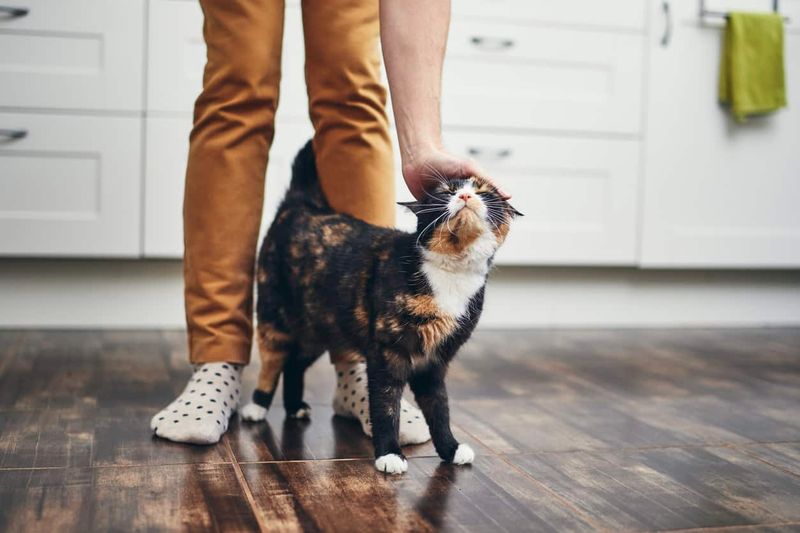
Communication is vital in making a feral cat comfortable indoors. Use a soft, soothing voice when speaking to your cat.
Gentle gestures, like slow blinking and avoiding direct eye contact, can convey trust. Approach them slowly and at their level, respecting their space.
By understanding their language, you foster a connection that transcends words, making them feel safe and valued in their new home.
Provide Elevated Perches
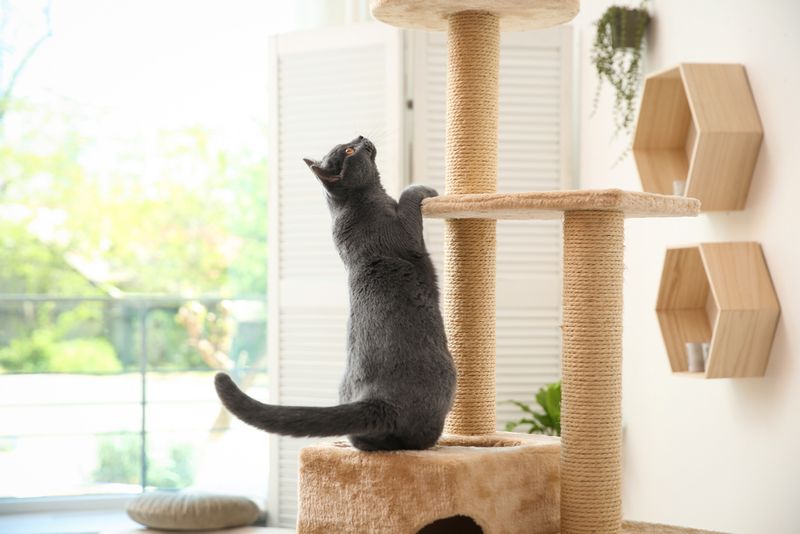
Cats love high vantage points, and providing elevated perches satisfies this natural inclination. Cat trees and shelves offer opportunities to climb and survey their territory.
Place perches near windows for sunlight and views, enhancing their indoor experience. This addition can reduce stress and stimulate curious minds.
These aerial spots give your cat a sense of security and control, vital for a feral cat adjusting to indoor living. They’ll appreciate having a high place to call their own.
Incorporate Nature Sounds
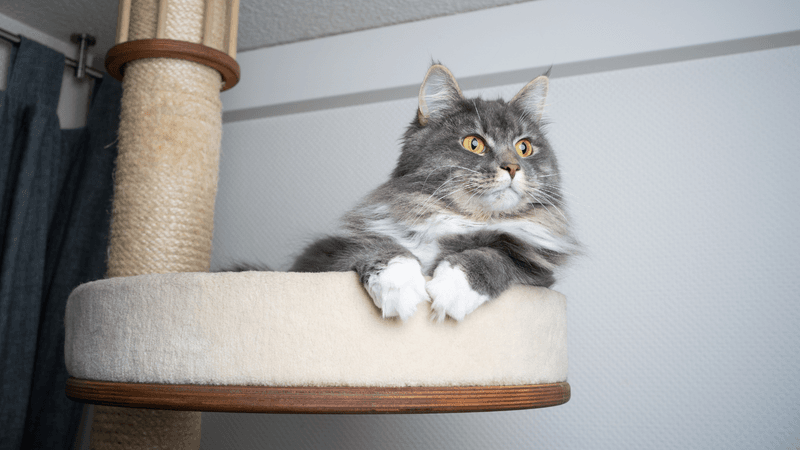
Soothing nature sounds can create a tranquil environment for your feral cat. Play recordings of birds, streams, or rain to evoke a sense of the outdoors.
These sounds can be comforting, especially if your cat feels anxious or overwhelmed.
Adjust the volume to a soft, consistent level and observe how your cat responds. This auditory stimulation can help bridge the gap between the indoors and their previous outdoor life.
Use Soft Lighting
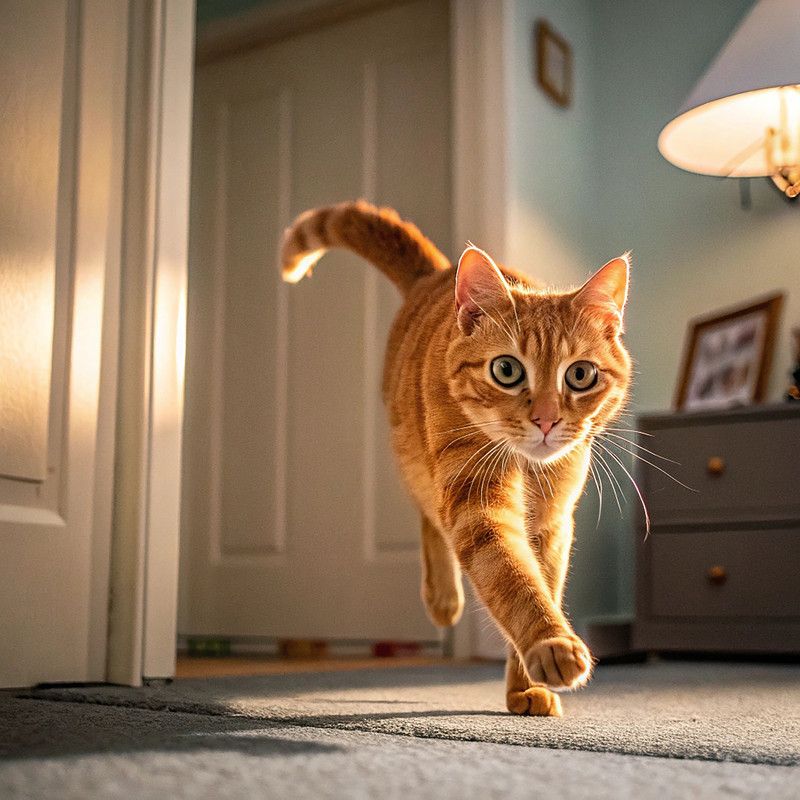
Lighting plays a crucial role in creating a comfortable indoor environment. Opt for soft, warm lighting to mimic natural settings.
Avoid harsh overhead lights that may stress your feral cat. Instead, use lamps and dimmers to create a cozy ambiance.
This gentle lighting can soothe and relax your cat, making them feel more at ease in their surroundings. It’s a simple yet effective way to enhance their indoor comfort.
Play Soft Music

Music can be a powerful tool to soothe a feral cat. Play gentle, calming tunes to create a serene atmosphere.
Classical music or specially designed pet relaxation tracks can help reduce anxiety and promote relaxation. Monitor your cat’s reaction to find the right playlist.
The right music can make their indoor environment more inviting, helping them unwind and settle into their new home.
Offer Treats and Rewards
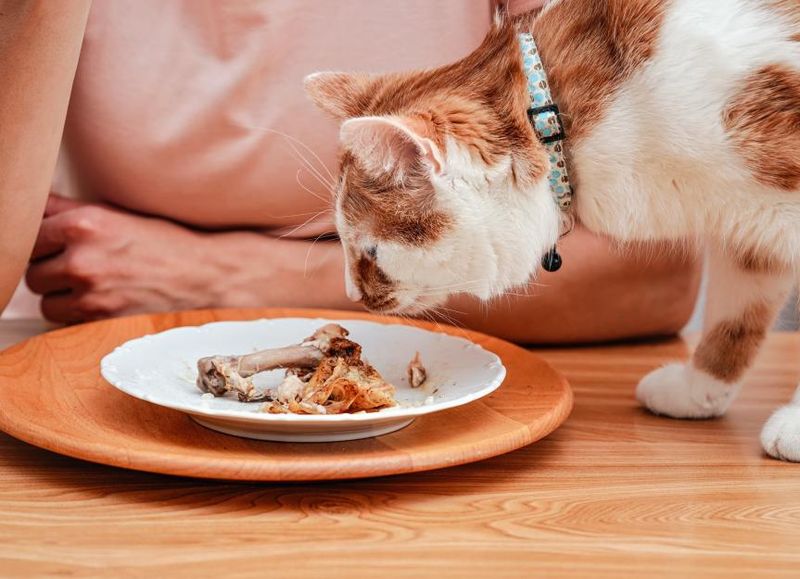
Positive reinforcement is key in making a feral cat feel welcome. Use treats as rewards for desirable behavior, like using the litter box or engaging in play.
Choose high-quality treats and introduce them sparingly to avoid overwhelming your cat. This method builds trust and encourages them to explore.
Using treats strategically, you can strengthen your bond and create a positive association with their new indoor life.
Allow Freedom to Explore
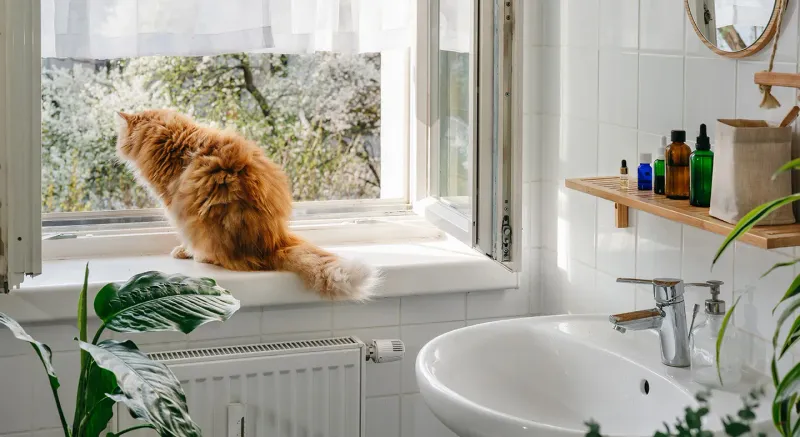
Grant your feral cat the freedom to explore their new environment at their own pace. Open doors to different rooms, allowing them to satisfy their curiosity.
Ensure the area is safe, removing potential hazards and providing plenty of engaging stimuli.
This autonomy fosters confidence and helps them feel in control, making their transition to indoor living smoother and more enjoyable.

